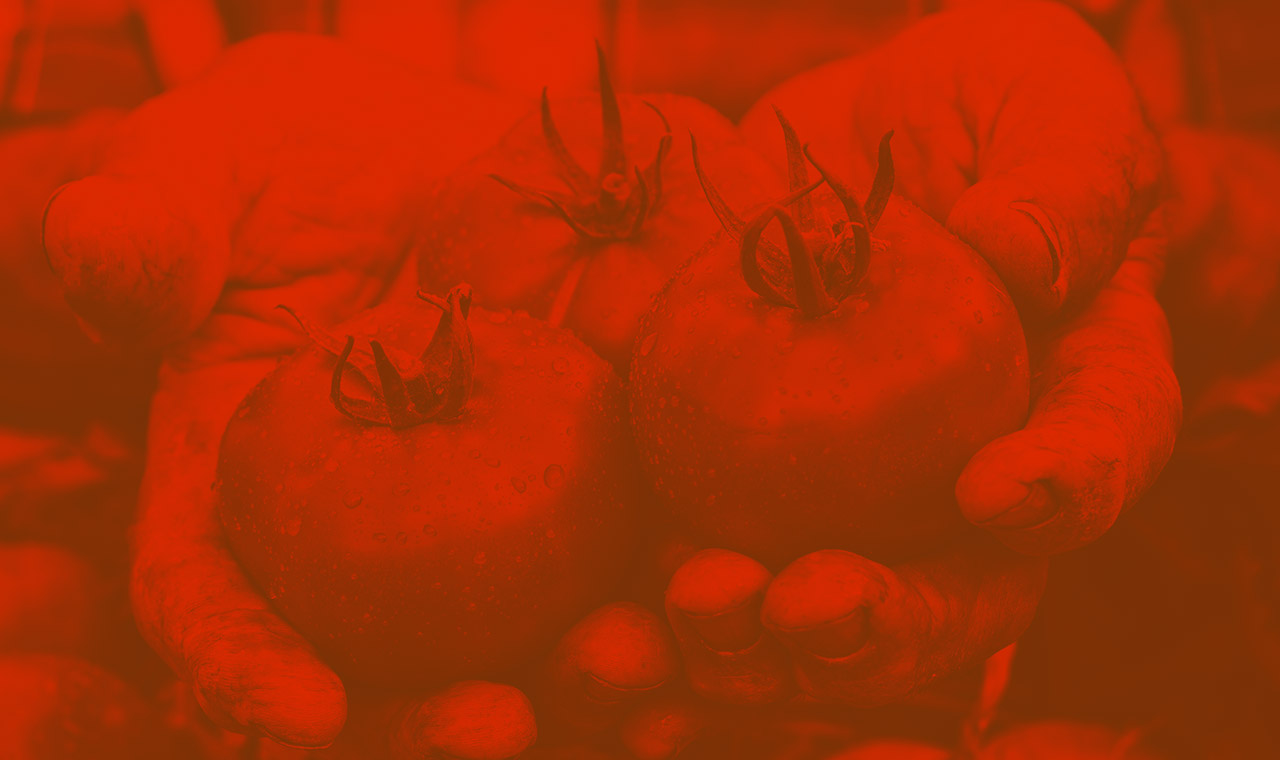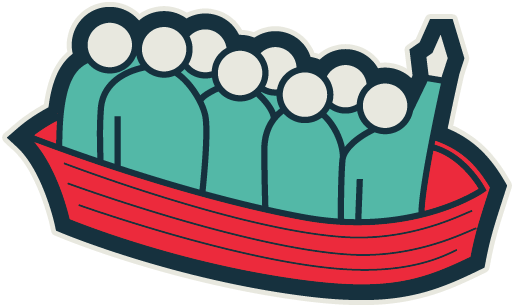[soundcloud url=”https://api.soundcloud.com/tracks/202378786″ params=”color=ff5500&auto_play=false&hide_related=false&show_comments=true&show_user=true&show_reposts=false” width=”100%” height=”166″ iframe=”true” /]
In this episode of the jibcast we discuss what to do with 2 or 3 years worth of content from your blog. In particular, we talk about publishing your very best work into a book.
David & Nikki talk about their own experience in deciding to publish the Greenmoxie Book.
Big Idea
If you’ve got really good blog content and you’re running out of ideas on what to do next, why not publish a book? Curate only your best work, add a few pieces of exclusive content, and get someone to help you with the design and editing.
[Tweet “What do you do with 3 years of content? Publish a book of course!”]
Transcript
Narrator: Welcome to the jibcast. Join us on our journey as we explore the ebb and flow of the marketing seascape.
David: Welcome to the second episode of the jibcast. I’m David Shephard.
Nikki: And I’m Nikki Fotheringham.
David: Great, Nikki. Today, we’re going to be talking about content marketing again but today is going to be focused on what to do with content that you have developed. So, we say you have a blog you’ve been writing for two years, maybe three years and you’ve got some really good content on there and you want to repurpose that content and do something different. Take your game up a level, right. Today we’re going to talk about publishing a book.
Nikki: That’s right. Well, I think what we’re talking about is repurposing your content and creating a book out of that.
David: That’s right.
Nikki: We’re talking about last week where their content was an asset and not an expense. Can you explain that, David?
David: Sure. I like to get the idea across that when you’re investing in content, you’re investing in yourselves and your own brand. You own that media. So, the idea is that you’re creating material that you own and that has staying power. It doesn’t have an expiry date per se. Where you do traditional media, traditional advertising whether you’re spending money on Google advertising or you’re buying a print ad or you’re doing a television spot for that matter, what happens is that when spend is done, it’s gone. What we’re proposing is that you take the best of your work, best of your blog let’s say, and take that and repurpose it into a book, okay. What you’re doing there is you’re creating an asset. It’s no longer an expense anymore. Now you’re creating an asset.
Nikki: I certainly found this, working with you over the years, and that’s been that when we write a blog instead of say taking out a half-page ad in a newspaper or magazine, that blog lasts forever. When anybody’s searching that topic or that sort of keywords that are in that blog, your blog will come up. So, it has a longer shelf life than traditional media. But, I think that it’s valuable beyond the blog space in that you could take a curation of your blogs and create a book. Then, you’re not only giving those blog posts a second life but you’re also creating something really valuable.
David: Exactly. I think that it becomes another level that you’ve achieved with your content. You’ve now created a book. It’s professional. You’ve taken the time to put together something that you really thought about. You’ve curated something, right. And the idea is to use that book for future marketing, right. So whether you’re handing it out at trade shows, you’re giving it to clients and friends or people you want to introduce to your brand, it’s a great tool for that. At the end of the day, you could also sell it for that matter. I mean, if you wanted to turn it into a revenue stream, you could sell the book. But the book doesn’t also have to be just an e-book. For instance, you could also create a book that’s tangible, so something that’s print-based. Sometimes I like to tell my clients to do that because a lot of their clients are older, let’s say. They’re baby boom generation and they like to read books or they’re traditionals like me and you. You and I both like to read books, physical, tangible books. So, the material just as you said, has a new life, right.
Nikki: Yeah and it also changes the way people perceive you as an individual, doesn’t it?
David: That’s right. You saw that happen to you when we did the Greenmoxie blog together, I mean you wrote some beautiful content on that blog and you spent a lot of time and energy. I think at one time, we had said well, where do we go from here and we thought well, let’s put this book together. So, the Greenmoxie book took a life of it’s own for what, six months we spent on it. I mean, maybe longer than we probably should have perhaps. Maybe it could have been done faster if we’d spent more time or if we’d been more focused on it. But, the end result is like you said, you now have a published book. You’re an author now. As you said, the public perception is that you’re now an authority figure in that subject matter.
Nikki: Absolutely and it really does change the way people see you. When you have a published book, you become definitely a thought leader in that industry. For me personally, it’s been the gateway for so many new opportunities. It gives enormous credibility. It’s just really been a life changer for me. It’s been a game changer for Greenmoxie. We’ve certainly seen, since we published the book, how the kinds of opportunities and the kinds of revenue that come in are very different.
David: Right. Well, that’s fantastic. To get back to what we were saying, repurposing your content, publishing a book, because you’re taking time now to curate things, is it important you think for customers who are considering this option to really think about what they’re doing and the content that they’re curating?
Nikki: Oh absolutely. Like you said, we took six months to create the book. I don’t think it needs to be that long but you have to remember, like all things, this is representing your brand and it may be representing you as a person. So, you’ve got to hit it out of the park. You’ve got to be absolutely professional. What I would suggest is that if you’re going to spend money on this project, do so in the editing and the design so that you get that professional look.
David: Good point.
Nikki: However, you don’t need to spend a lot of money on publishing. There’s a lot of options out there. I mean, can you tell us about some?
David: Sure. What we decided to do was, because we have full-time jobs and businesses that we run, we didn’t really have the time to do a book tour and run around and try to really do the push on selling the book because the book for us was more of a tool for us to get additional work and do more business. We took the route, I wouldn’t say an easier route but a more automated route in the sense that we went to a service called IngramSpark. IngramSpark has a service where you upload your design file. So, you’ve finished your book. You’ve got all the photography done. You’ve got all your illustrations done. You’ve done your copy editing and all of that sort of stuff. You deliver the file to them already finalized. Essentially what they do is they have the relationships with all the publishers so if you’re putting the book into Amazon for instance, they’ll list it with all the book stores, Barnes&Noble and all that sort of stuff. The same thing with the e-book version. They’ll do the same thing for you. What we liked about what their services, they have another part of their business which I can’t remember the name of it at the moment but I’ll put it in the show notes. So, they have a print on demand service. So, you don’t have to print a thousand books for instance. Like we did, what we did is we got the book on Amazon and other stores and we decided to buy 100 copies that we used to give away. So, we had a nice printed version. It looked professional. In particular, we gave it away during the holidays. We only had to order 100. I can’t remember what it cost us. I think around the seven or eight dollar range or something like that was our print cost. You could never do that, you know five or ten years ago. It would be impossible for you to do that. You’d have to commit to a minimum order and high numbers and all that sort of stuff.
Nikki: I can understand that traditionally that have put people off publishing a book because you’d have to do a minimum run. You may have thousands of books sitting around in your workshop or your office and taking up space. You don’t have to do that anymore. When the person who is buying the book orders it through Amazon, it is printed on the same day and mailed to them. So, you don’t have to find a publisher anymore. You can really do it yourself and it’s very inexpensive.
David: Correct, yeah. So, they’ll even look after fulfillment. I forgot to mention that part. So, IngramSpark, they do the publishing side of things and then they have that print on demand service and they actually look after fulfillment as well so you’re not just getting them to print the book. They’re also making sure it gets delivered.
Nikki: Yeah, so all you need to do then is advertise or market for the book using the link to your Amazon or Barnes&Noble or to one of these other online distributors and they take care of the rest.
David: So, we were talking about curating your best work for the book. There are some tools and I mentioned this in our previous podcast where we talk about a content efficiency report. We use our Google Analytics. That’s what we did at least anyway. We use Google Analytics and we had a content efficiency report. What that told us was, what our best blogs were in terms of readership, how long they spent on those blogs and we didn’t necessarily put all of the content that you’ve written. You also wrote some new stuff too, didn’t you?
Nikki: Yes
David: So, I think that’s something we should mention as well because we haven’t talked about that. So, curating your blog is one thing but it doesn’t hurt to put a few fresh or new pieces in there as well because…
Nikki: Yes, I thought that if someone was going to buy the book, they should get some bespoke content that was not on the website. What would the argument be for them to spend money on a book when they could have just gone through the website and found the same posts?
David: Right
Nikki: So, I felt like since I was charging them money for the book, that they should get some unique content. So, what I had done was, I had looked at which posts performed the best and then put those in a library and then added along those same subject lines.
David: Great
Nikki: If you’ve had a blog for a year or two, you know what content works. You know what your readers like to hear and you also don’t want to include content that’s too disparate so you have to curate that carefully so that the book flows and it appeals to a specific audience.
David: Perfect. Did you have a difficult time deciding on photography and illustration in your book? Do you think that people should be thinking about adding that kind of complementary content to their writing or do you feel that using the content or pictures and stuff that are on the website already are enough?
Nikki: I think that really depends on the kind of book that you are curating. So, if you can use the pictures that are on your website, that’s great. I went a different route and did photography for the book which made the ultimate product so much better. It really did. But it cost money and it took time. I don’t regret a single cent of that because it really really made the book brilliant.
David: Right.
Nikki: I felt that the book was even better than the website so that the people who had spent money on it, were not disappointed.
David: Wow. That’s right. They’re getting value. You want them to feel that they’re getting more value.
Nikki: Absolutely. The thing I would like to talk about a little bit more is some of the suggestions you had for using the e-book.
David: Right, so the nice thing about having an e-book is that you can deliver it through the Internet without having to mail it to anybody. Your costs are very low. So, if you go to the expense of producing a book, something you’ve created, something you’re proud of and there’s some really great information in there, you can use that to entice clients. Give away things on your website. Give them away at trade shows and all that sort of stuff but in particular, the e-book is good for that because their delivery costs are nothing. It’s just another way to give to get, essentially. I’m really a big fan of that kind of idea. Now, I also give away the printed book but you know, at seven or eight dollars apiece, it gets costly after a while but it has more impact I find, when you’re face to face with somebody. You hand them the book and they go, “Wow, look at that.” It’s professionally published and it’s got a beautiful cover design. It’s all in full color and all that sort of stuff. People love that and it’s very impactful. I would encourage, if you’re thinking about producing a book with your content, I’d really seriously think about that experience. What’s that going to do for you? An e-book is great and I’m not saying you shouldn’t do an e-version of it because it’s good to hand those out and are easy to distribute from your website. But, having that book in your hands when you come across a new prospect or a colleague or whatever, it really has an amazing impact.
Nikki: Yeah, I definitely agree with that. I really think it ups your game immensely.
David: Great. So, just to kind of summarize this, what we’ve done with the podcast thus far is we’ve kind of positioned it as the big ideas on content marketing. So, I think the big idea from this particular podcast, Nikki, if you’d like to just sum it up for us. What would you like people to take away from this?
Nikki: I’m going to speak from personal experience here and say that I spent three years creating really thoughtful content on my blog. I found it immensely rewarding to repurpose those blogs and create a book. When I created that book, it really upped my game. I became recognized as an authority in my field. It’s really impressive when you meet new customers or clients or potential clients and you’re able to give them a book that represents your brand. It was also just a wonderful thing to have the e-book that I was able to give to people. The book has proved to be a really valuable source of income for me as well so it’s another revenue stream. I highly suggest that if you’ve got a successful blog, this is what you should do with that content.
David: Fantastic, Nikki. One thing I want to add, if you’re interested in seeing the book that Nikki has published, head along to Greenmoxie.com, so Green Moxie M-O-X-I-E.com. You’ll find the book. It’s in the header. You can click on that and buy your own copy. There’s an e-book I think as well as a printed version, right? So, I’ll put those also in the show notes, the links to that so you’ll know that. Again, the big idea is take your existing content that you spent two or three years producing, make sure it’s your best work, publish it in a really great format delivery factor, a book that sums it all up for you and makes it beautiful. Anyway, thank you for listening.
Nikki: Thank you so much.
Narrator: Thank you for listening to the jibcast. Jib Strategic is a boutique advertising agency in Toronto where we create big fat ideas that sell.
Show Notes
Self Publishing: Ingram Spark
Print on Demand: Lightning Source
Where to buy the Greenmoxie book











